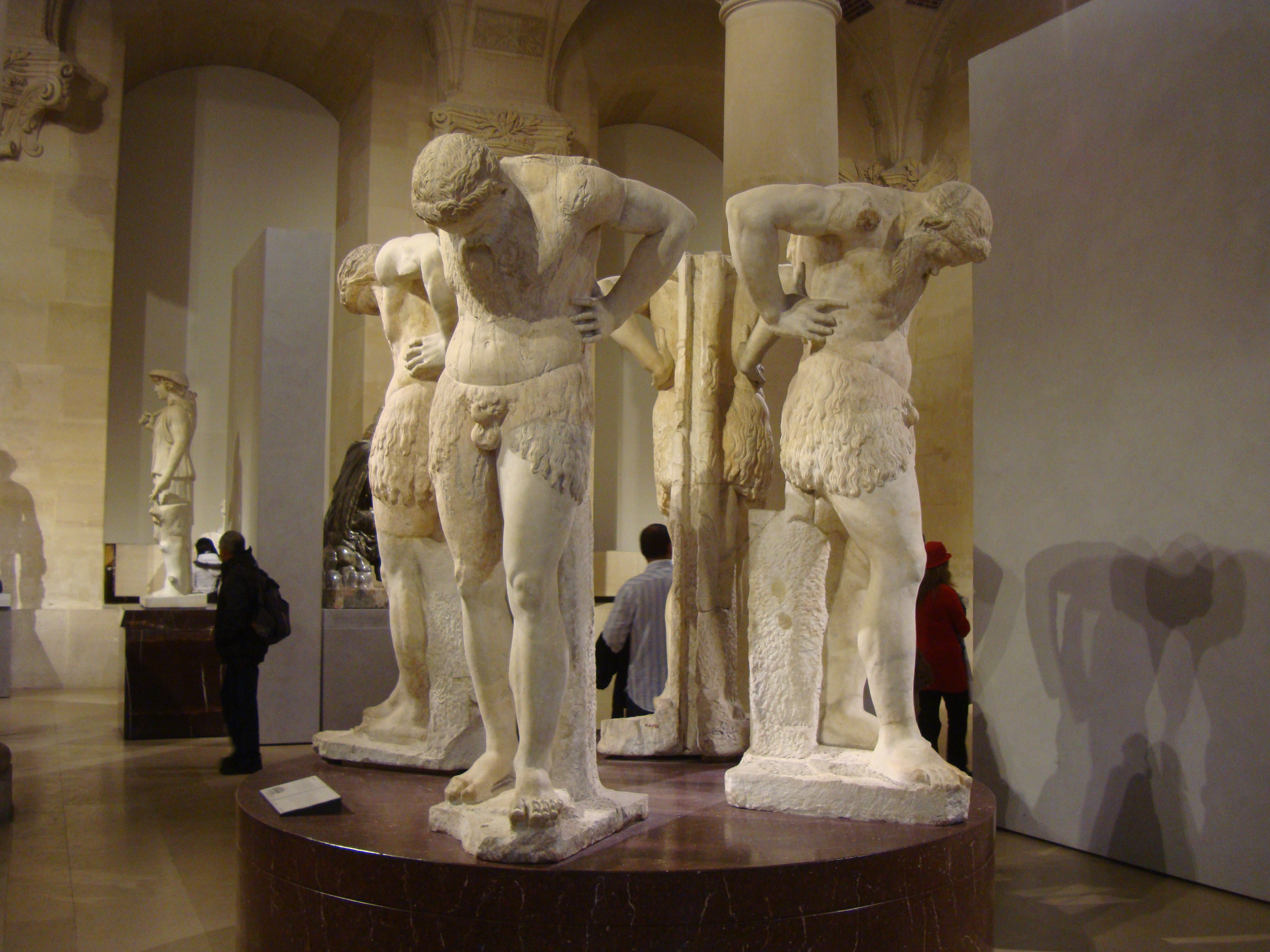Omphaloskepsis on:
[Wikipedia]
[Google]
[Amazon]
 Navel-gazing or ''omphaloskepsis'' is the contemplation of one's
Navel-gazing or ''omphaloskepsis'' is the contemplation of one's
 Navel-gazing or ''omphaloskepsis'' is the contemplation of one's
Navel-gazing or ''omphaloskepsis'' is the contemplation of one's navel
The navel (clinically known as the umbilicus, commonly known as the belly button or tummy button) is a protruding, flat, or hollowed area on the abdomen at the attachment site of the umbilical cord. All placental mammals have a navel, altho ...
as an aid to meditation
Meditation is a practice in which an individual uses a technique – such as mindfulness, or focusing the mind on a particular object, thought, or activity – to train attention and awareness, and achieve a mentally clear and emotionally calm ...
.
The word derives from the Ancient Greek
Ancient Greek includes the forms of the Greek language used in ancient Greece and the ancient world from around 1500 BC to 300 BC. It is often roughly divided into the following periods: Mycenaean Greek (), Dark Ages (), the Archaic pe ...
words (, ) and (, ).
Actual use of the practice as an aid to contemplation of basic principles of the cosmos and human nature
Human nature is a concept that denotes the fundamental dispositions and characteristics—including ways of thinking, feeling, and acting—that humans are said to have naturally. The term is often used to denote the essence of humankind, or ...
is found in the practice of yoga
Yoga (; sa, योग, lit=yoke' or 'union ) is a group of physical, mental, and spiritual practices or disciplines which originated in ancient India and aim to control (yoke) and still the mind, recognizing a detached witness-consciou ...
or Hinduism
Hinduism () is an Indian religion or '' dharma'', a religious and universal order or way of life by which followers abide. As a religion, it is the world's third-largest, with over 1.2–1.35 billion followers, or 15–16% of the global p ...
and sometimes in the Eastern Orthodox Church
The Eastern Orthodox Church, also called the Orthodox Church, is the second-largest Christian church, with approximately 220 million baptized members. It operates as a communion of autocephalous churches, each governed by its bishops via ...
. In yoga, the navel is the site of the manipura (also called nabhi) chakra
Chakras (, ; sa , text=चक्र , translit=cakra , translit-std=IAST , lit=wheel, circle; pi, cakka) are various focal points used in a variety of ancient meditation practices, collectively denominated as Tantra, or the esoteric or ...
, which yogis consider "a powerful chakra of the body". The monks of Mount Athos
Mount Athos (; el, Ἄθως, ) is a mountain in the distal part of the eponymous Athos peninsula and site of an important centre of Eastern Orthodox monasticism in northeastern Greece. The mountain along with the respective part of the peni ...
, Greece, were described as ''Omphalopsychians'' by J.G. Millingen, writing in the 1830s, who says they "...pretended or fancied that they experienced celestial joys when gazing on their umbilical region, in converse with the Deity".
However, phrases such as "contemplating one's navel" or " navel-gazing" are frequently used, usually in jocular
A joke is a display of humour in which words are used within a specific and well-defined narrative structure to make people laugh and is usually not meant to be interpreted literally. It usually takes the form of a story, often with dialogu ...
fashion, to refer to self-absorbed pursuits.
See also
*Hesychast controversy
The Hesychast controversy was a theological dispute in the Byzantine Empire during the 14th century between supporters and opponents of Gregory Palamas. While not a primary driver of the Byzantine Civil War, it influenced and was influenced b ...
*Kundalini
In Hinduism, Kundalini ( sa, कुण्डलिनी, translit=kuṇḍalinī, translit-std=IAST, lit=coiled snake, ) is a form of divine feminine energy (or ''Shakti'') believed to be located at the base of the spine, in the ''muladhara'' ...
* Meditative qigong
*Palamism
Palamism or the Palamite theology comprises the teachings of Gregory Palamas (c. 1296–1359), whose writings defended the Eastern Orthodox practice of Hesychasm against the attack of Barlaam. Followers of Palamas are sometimes referred to as ...
*Self-hypnosis
Self-hypnosis or auto-hypnosis (as distinct from hetero-hypnosis) is a form, a process, or the result of a self-induced hypnotic state.
Frequently, self-hypnosis is used as a vehicle to enhance the efficacy of self-suggestion; and, in such case ...
*Trance
Trance is a state of semi-consciousness in which a person is not self-aware and is either altogether unresponsive to external stimuli (but nevertheless capable of pursuing and realizing an aim) or is selectively responsive in following the dir ...
References
Meditation Philosophical phrases Quotations from philosophy {{philo-concept-stub